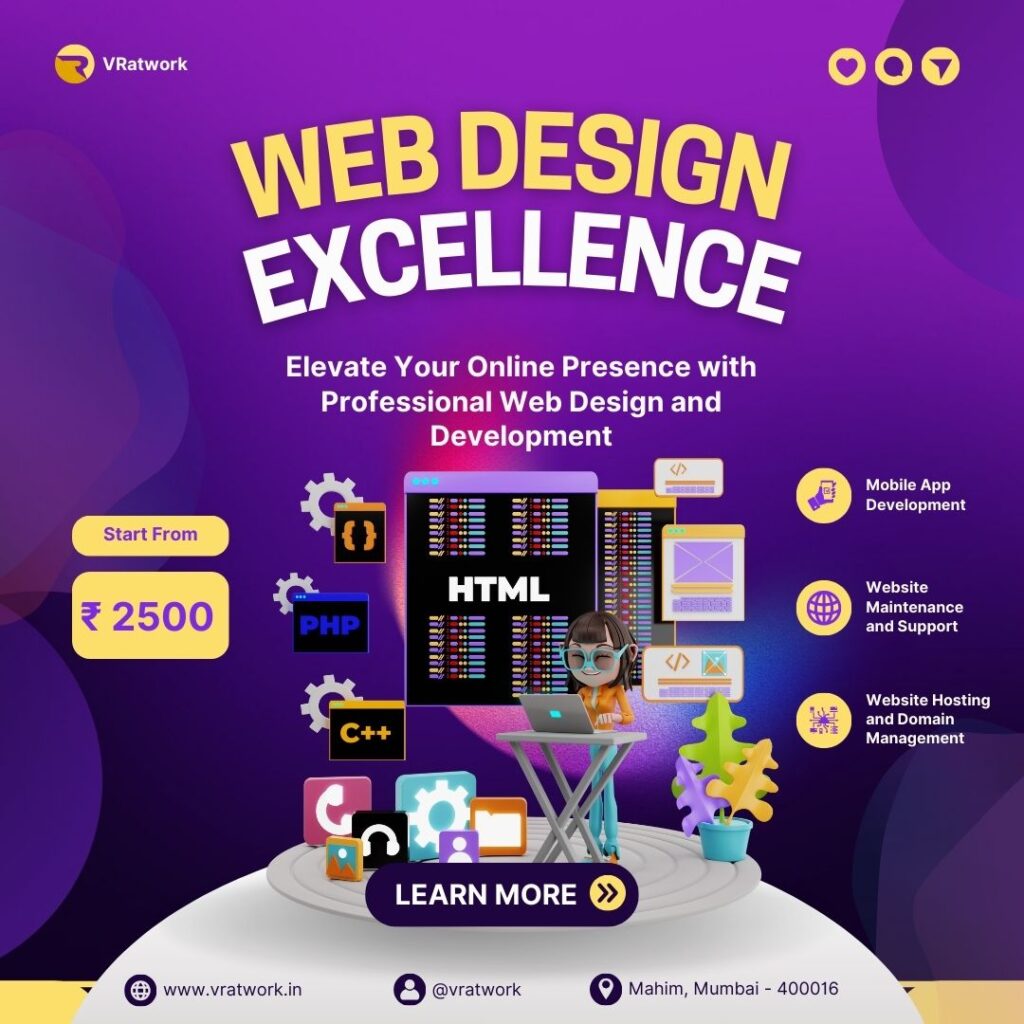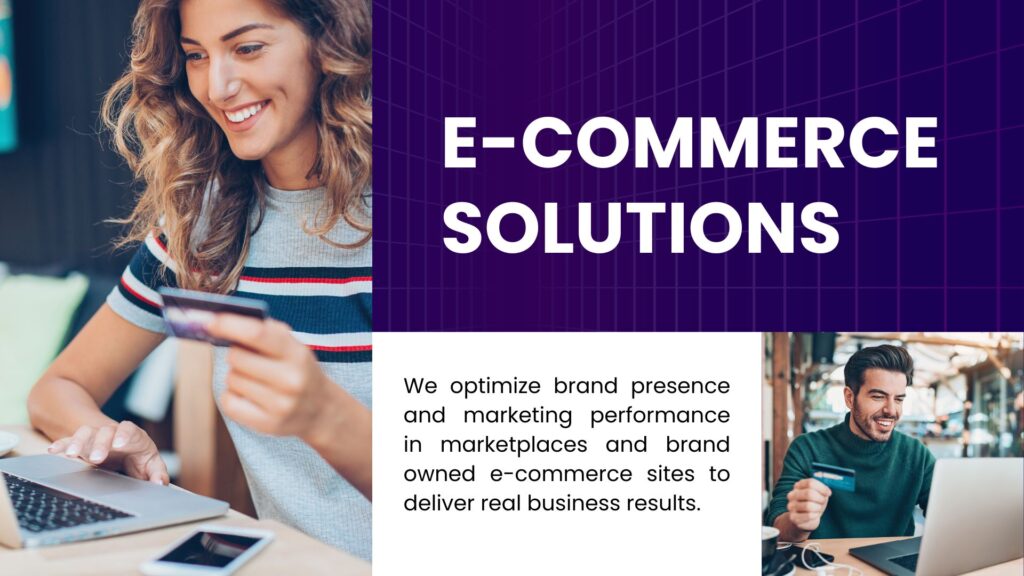Custom Web Design Costs: Understanding the Maze of Customization Expenses
As I jumped into this recent project, I quickly saw how tricky it can be to figure out the costs for custom web design. The main goal was to whip up a top-notch platform that fit the client’s exact needs. It meant diving into the nitty-gritty of expenses and grasping what factors play a role in setting these costs. From day one until we hit the finish line, it was a rollercoaster ride filled with tough hurdles, making smart choices, and sticking to our plan to get the best results while keeping within our budget.
I. Introduction to Custom Web Design
In the world of online presence, a tailored website isn’t just an option; it’s often a necessity. Custom web design goes beyond cookie-cutter templates, providing businesses with unique solutions that align precisely with their brand, goals, and user expectations. However, this level of customization inevitably comes with varying costs that need thorough exploration.
II. Factors Influencing Custom Web Design Costs
A. Project Scope Creating a website that suits your business’s specific needs demands a thorough understanding of the project’s scope. Factors such as the number of web pages, required functionalities, and the complexity of design influence the overall cost.
B. Design Complexity Unique layouts, intricate visual elements, and custom-made graphics or animations contribute to the complexity of the design. These elements often require specialized skills and time investment, affecting the overall cost.

C. Technical Requirements The technology behind a website significantly impacts its cost. Integrating specialized features, ensuring compatibility across various devices and browsers, and optimizing performance all add to the expenses.
D. Content Management System (CMS) Choosing the right CMS tailored to your needs is crucial. Different CMS options come with varying levels of customization and cost implications, impacting the overall budget.
E. E-commerce Functionality For businesses delving into online sales, creating secure payment gateways, managing product pages, and ensuring a smooth user experience adds another layer of cost consideration.

III. Understanding Cost Structures in Custom Web Design
A. Fixed Pricing Model This model involves a predefined cost for the entire project. While it provides clarity on expenses, any deviation from the initial scope might result in additional charges.
B. Hourly Rate Model Charging based on hours worked offers flexibility, particularly for projects with evolving requirements. However, it demands transparent communication and might lead to uncertainties in final costs.
C. Value-Based Pricing Aligning costs with perceived value focuses on delivering solutions that maximize return on investment. It ensures clients pay for the value they receive, emphasizing quality over merely the hours invested.
IV. Common Pricing Ranges and Breakdown for Custom Web Design Costs
A. Small Business Websites For small businesses, costs often range from a few thousand to tens of thousands of dollars, depending on functionalities required, complexity, and design intricacies.
B. Medium to Large Enterprises Larger enterprises with more extensive requirements can expect costs that scale accordingly. Advanced functionalities, integrations, and scalability increase the expenses significantly.
C. E-commerce Platforms Creating a robust online store demands substantial investment, ranging from moderate setups to extensive, high-functionality e-commerce platforms.
V. Strategies for Cost Optimization for Custom Web Design Costs
A. Clear Communication Open and clear communication with the design team minimizes misunderstandings, reduces rework, and ultimately controls costs.
B. Prioritizing Features Distinguishing between essential and additional features helps manage costs by focusing on crucial elements first and gradually incorporating others.
C. Long-Term Maintenance Budgeting for ongoing maintenance is crucial. Regular updates, security patches, and technical support play a pivotal role in cost savings in the long run.
VI. Case Study: My Experience with a Custom Web Design Project
A. Project Overview Allow me to illustrate this discussion with a recent project I undertook. The endeavor revolved around a dynamic website for a burgeoning e-commerce entity. The primary objective was to craft an interactive platform that not only showcased products but also offered an engaging user experience.
B. Cost Breakdown and Allocation In the initial stages, allocating resources strategically was pivotal. We dedicated a substantial portion of the budget to custom graphic design and user interface development, ensuring a visually appealing and intuitive platform.
C. Challenges Faced and Solutions During development, unforeseen challenges emerged, primarily related to integrating a complex inventory management system. However, proactive problem-solving and close collaboration with the client helped mitigate these issues without significant cost escalation.
VII. Conclusion
Reflecting on this journey, deciphering custom web design costs is intricate. It’s more than just a financial investment; it’s a strategic decision crucial for a business’s online success. Understanding the intricacies and variables influencing costs empowers informed decision-making, leading to optimized solutions that resonate with your audience and deliver tangible value.
By outlining the factors influencing costs, exploring various pricing structures, and sharing strategies for cost optimization, I aim to provide a comprehensive view. Ultimately, it’s about balancing the investment with the returns—leveraging tailored web design to amplify your brand’s online presence while maximizing ROI.
Continuing with this project opened my eyes to the intricacies of custom web design costs. It’s not merely about budget allocation; it’s about a judicious investment that reaps long-term rewards.
I’ve got some cool links you gotta check out about custom web design costs:
Forbes has some real neat stats about why having a website is crucial in 2023 and also 2024. You can find it here.
HubSpot’s blog spills the beans on website costs, and it’s a great read! Check it out here.
Oh, and Neil Patel’s blog shares insights into what successful websites do to convert visitors. You don’t wanna miss it! Click here.
Bite into the Future: VRAtwork Crafts Your Digital Eden
Remember the first time you held an Apple product? The seamless design, the intuitive interface, the feeling of holding the future in your palm. That’s the magic VRAtwork brings to your digital experience.
We’re not just a digital branding agency; we’re architects of the next generation. We craft bespoke digital landscapes that are as intuitive as an iPhone, as powerful as a Mac Pro, and as captivating as an Apple keynote.
Forget clunky websites and soulless social media. VRAtwork builds immersive experiences that transport your audience to a world where your brand is the hero. We’ll take you beyond the screen, into a realm where virtual reality meets cutting-edge design, and every interaction is a story waiting to unfold.
Imagine:
- Interactive product demos that feel like stepping into your own showroom.
- Virtual conferences where your audience gathers from across the globe, in a shared, dynamic space.
- Training programs that gamify learning, turning knowledge into an adventure.
VRAtwork doesn’t just build brands, we build worlds. We’re the pioneers, the storytellers, the alchemists who transform pixels into possibilities.
Ready to take your digital presence to the next level?
Don’t just bite the apple, take a leap into the future. Contact VRAtwork today and let’s craft your digital Eden.
Dominate the Digital Jungle: Download "Digital Transformation 2.0" - Your Survival Guide to Thriving in the New Era. Be the Alpha of Your Industry: Claim Your Copy of "Digital Transformation 2.0" and Lead the Pack. Growth Rocket Fuel: Launch Your Business to New Heights with "Digital Transformation 2.0"
